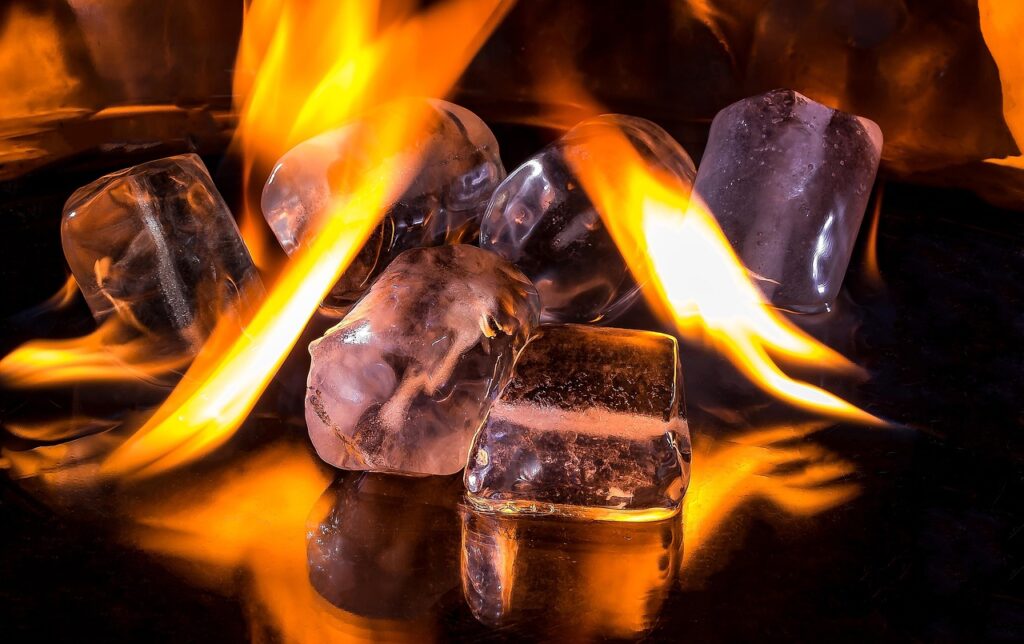You’ve probably never imagined your zodiac sign in a cosmic battle against some of Earth’s most devastating geological forces. Yet here we are, witnessing an extraordinary face-off between the fiery personalities of Aries, Leo, and Sagittarius against the raw volcanic power of flood basalts, while the intuitive water signs duke it out with ice ages.
This isn’t your typical astrology reading. Tonight, we’re diving deep into the parallels between your elemental nature and the planet’s most catastrophic forces, exploring how your sign’s characteristics mirror the very disasters that shaped our world.
The Fire Signs Arsenal: Passion Meets Volcanic Fury
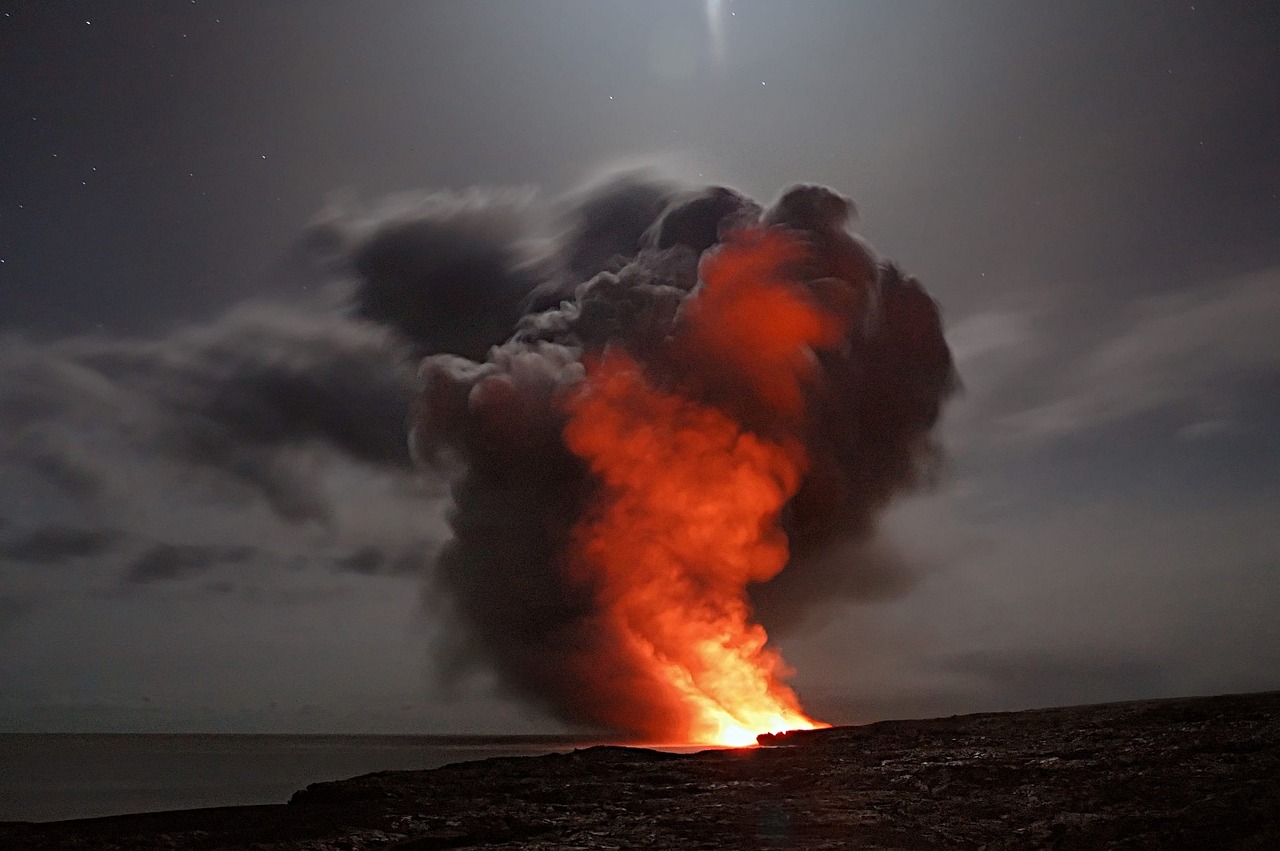
Fire signs – Aries, Leo, and Sagittarius – are known for their dynamic energy, bravery, and inspiring zest for life, much like their ruling element; they’re bright, they shine, they draw attention. They get things energized and bring warmth and light, getting everybody inspired, though they can also be destructive, inconsiderate, and selfish. When you observe a fire sign in action, you witness something remarkably similar to volcanic activity.
Most Fire signs are not just optimistic; they are the embodiment of courage, the ones who are not afraid to take the first step, even if they can’t see what’s on the other side. They possess an almost supernatural ability to ignite situations, transforming ordinary moments into something extraordinary. Their energy radiates outward, affecting everyone in their vicinity, just like the heat from molten rock spreads far beyond its source.
Flood Basalts: Earth’s Most Devastating Fire Show
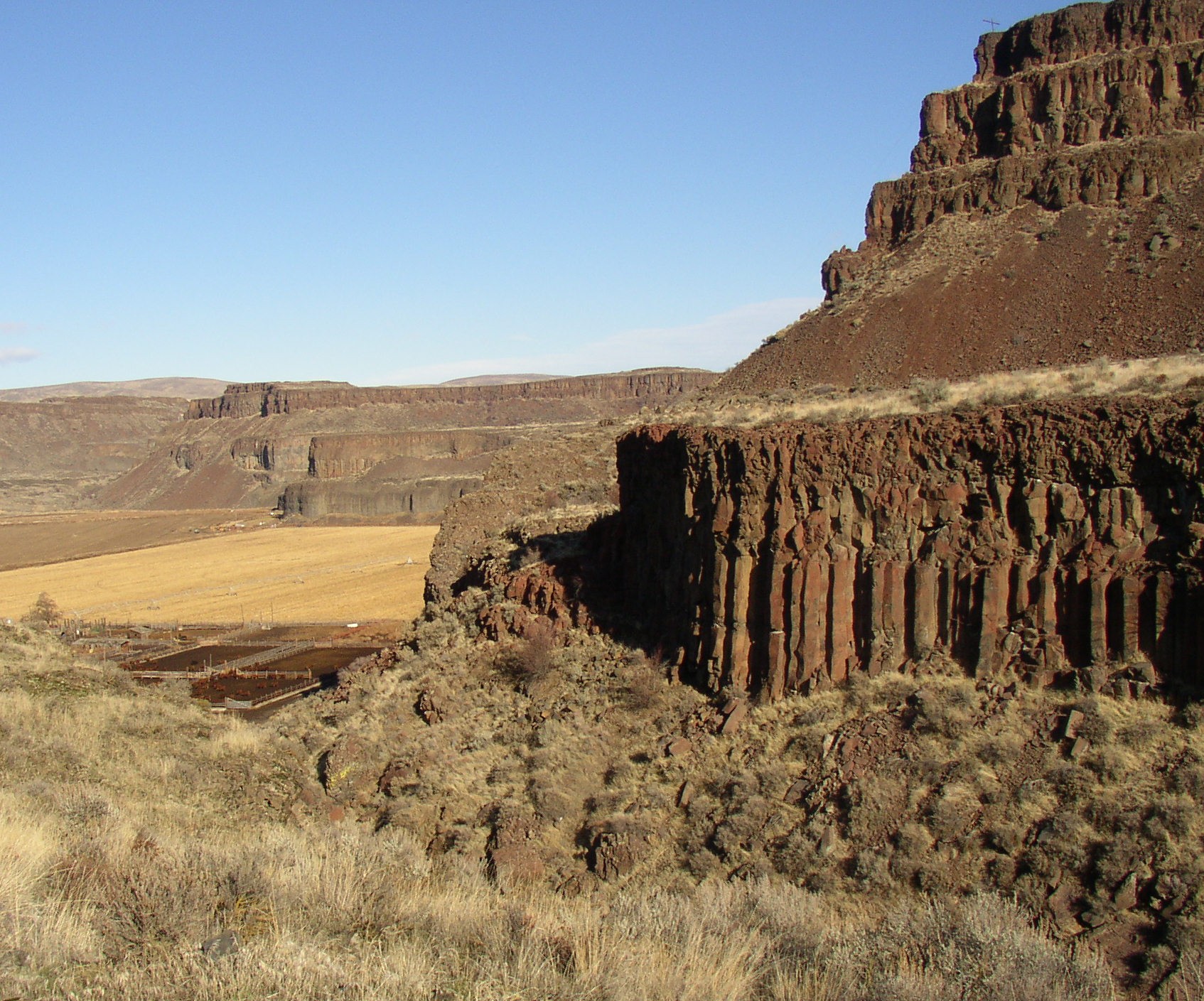
Flood basalts are the most voluminous of all extrusive igneous rocks, forming enormous deposits of basaltic rock found throughout the geologic record, set apart from all other forms of volcanism by the huge volumes of lava erupted in geologically short time intervals. Picture this: a single flood basalt province may contain hundreds of thousands of cubic kilometers of basalt erupted over less than a million years, with this highly fluid basalt lava spreading laterally for hundreds of kilometers from its source vents.
First we would notice rapid cooling, as fire fountains from these eruptions can reach kilometres high, injecting sulfur dioxide into the stratosphere where it reflects sunlight away and cools the planet. The comparison to fire signs becomes eerily apparent here. Once the cooling is over, we would find that the volcano has spewed enough carbon dioxide and water vapour into the air to warm the planet up considerably.
Fire Signs in Combat Formation
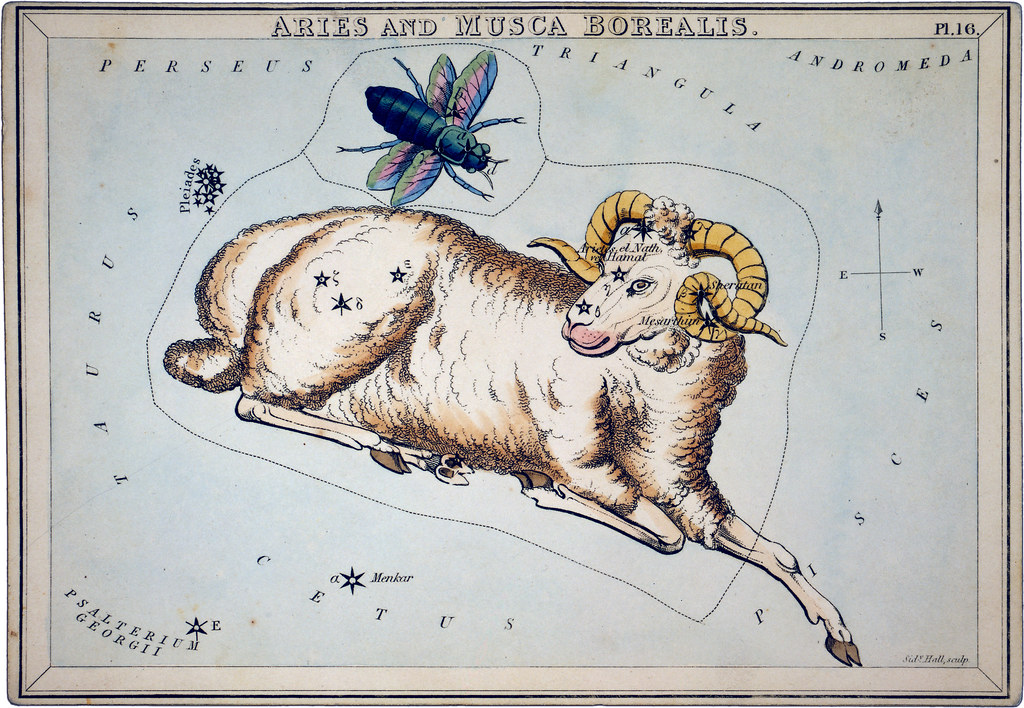
Aries is the first sign of the zodiac, so they’re also leaders – the fire’s spark, which also makes them the babies of the zodiac, so don’t be surprised if they act a bit childish or impulsive sometimes. In our elemental showdown, Aries takes the front lines with their cardinal energy. You can count on an Aries to get the ball rolling and get everyone into action like a team captain or five-star general.
Leo steps in as the fixed fire sign, providing steady, radiant energy. This fiery fixed sign embodies warmth, creativity, and confidence, as the sign of the lion, with Leos being natural leaders who thrive in the spotlight, their energy steady and radiant, drawing others to them with their charisma and charm. Meanwhile, Sagittarius brings the mutable fire energy, as the mutable fire sign whose folks are our world travelers, our big thinkers, and their fire spreads far and wide.
The Volcanic Connection: Fire Signs Mirror Flood Basalt Behavior
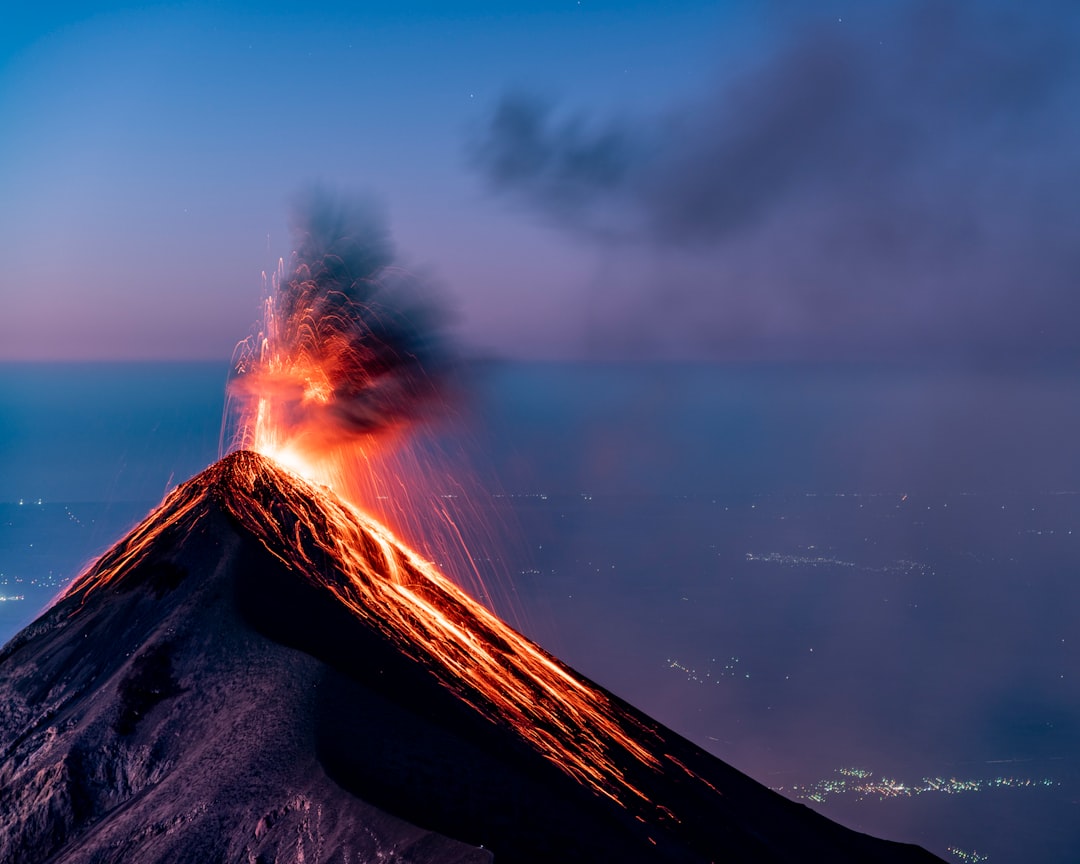
The parallels between fire signs and flood basalts are almost unsettling in their accuracy. Fire signs have an almost sixth sense for detecting opportunities in all areas of life which they then pounce on and make the most of, and after they have identified an opportunity they will follow their gut and act swiftly. This mirrors exactly how flood basalts behave geologically.
Flood basalts were Earth’s largest volcanic episodes that were often emplaced rapidly and coincided with environmental disruption, with volatile emissions triggering short-term cooling and longer-term warming, ocean acidification, and deoxygenation. Like fire signs, these geological events don’t just affect their immediate surroundings – they transform entire ecosystems. The degree of temporal correlation between continental flood basalts and faunal turnover in the Phanerozoic is unlikely to occur by chance, suggesting a causal relationship linking extinctions and continental flood basalts, with the relationship being stronger for events with higher estimated eruptive rates.
Water Signs: The Emotional Powerhouses

In the captivating tapestry of astrology, the water signs – Cancer, Scorpio, and Pisces – stand out as the emotional powerhouses of the zodiac, known for their profound sensitivity, intuitive prowess, and an innate connection to the depths of the human experience. The water signs are known for their emotional depth, intuition, and sensitivity, navigating life through their feelings, always trusting their instincts, and like the element they’re associated with, their emotions can be as calm as a serene lake or as turbulent as a stormy sea.
Water signs are most well known for being deep, emotional, and borderline psychic, with a proclivity toward sensitivity that can make them regularly take things to heart. Their ability to sense undercurrents and hidden emotions makes them formidable opponents in any cosmic battle. Water sign traits include a deep intuition, and they rely on gut instincts to navigate life, with their emotional sensitivity aiding their intuition, allowing water signs to experience a wide range of emotions and empathize with others.
Ice Ages: The Ultimate Water Element Manifestation

An ice age is a long interval of time when global temperatures are relatively cold and large areas of the Earth are covered by continental ice sheets and alpine glaciers, within which are multiple shorter-term periods of warmer temperatures when glaciers retreat and colder temperatures when glaciers advance. At least five to seven major ice ages have occurred throughout Earth’s history, and currently, we are in a warm interglacial that began about 11,700 years ago.
Records show that ice ages typically develop slowly, whereas they end more abruptly, with glacials and interglacials within an ice age displaying this same trend. This mirrors perfectly how water signs operate emotionally – building up feelings gradually, then experiencing sudden emotional shifts. Within the incredibly short time span of only a few decades or even a few years, global temperatures have fluctuated by as much as 15°F or more, such as when temperatures dropped dramatically in only several decades 12,800 years ago, then spiked as much as 20°F within just several years only 1,300 years later.
Water Signs Battle Formation
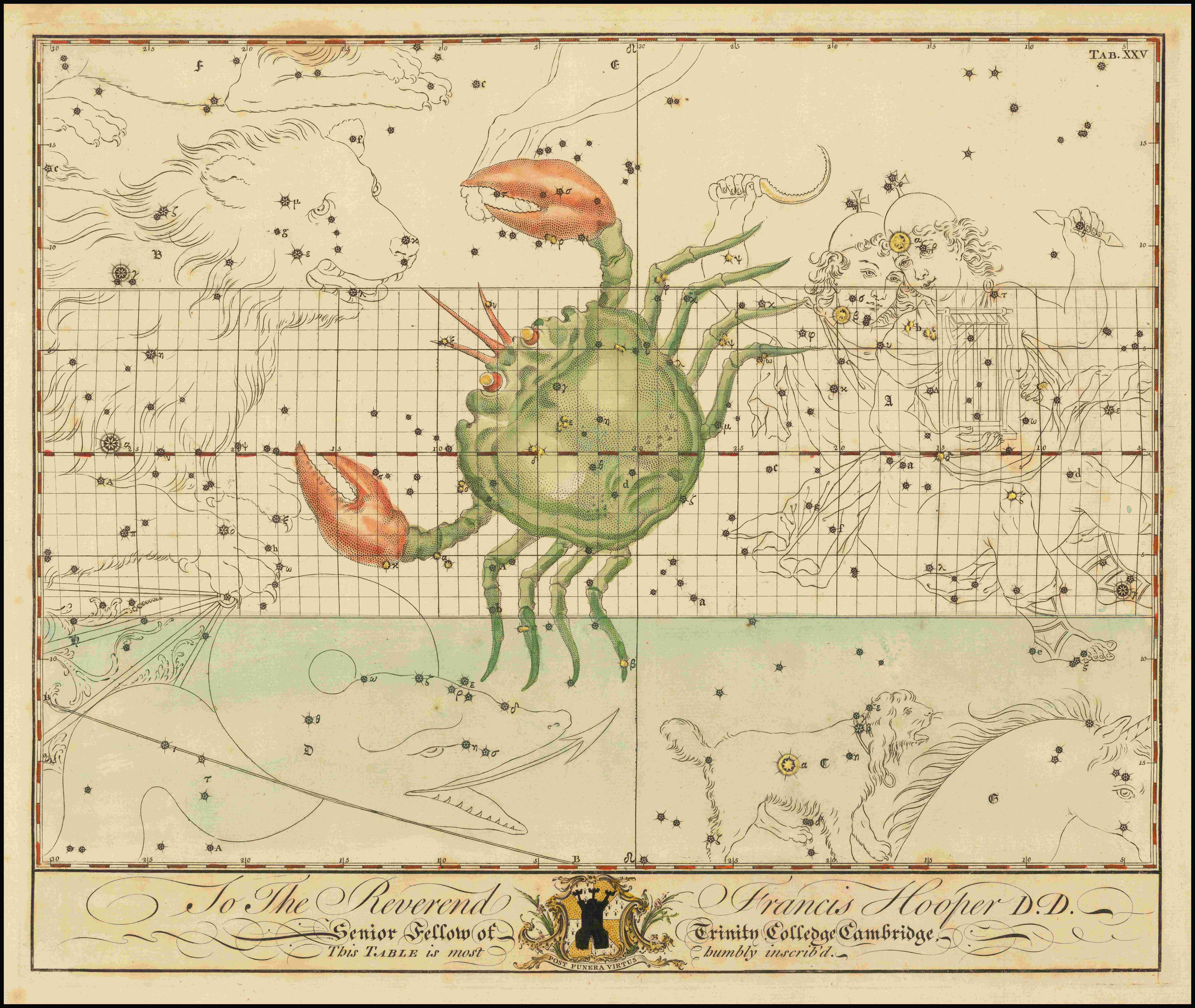
Cancer leads the water sign defense as the cardinal water sign. The fourth sign, Cancer, lends its caring instincts to the home and chosen family, nurturing and protective in equal measure, with Cancer folks having the gifts to ensure emotional security for their loved ones, though these homebodies can be resentful if trust is broken. In our showdown, Cancer represents the protective ice sheets that shield and preserve.
Scorpio brings the fixed water energy, representing the deep, transformative power of ice. Scorpios are known for their intensity, passion, and determination, approaching life with a desire to delve into its mysteries and uncover hidden truths, possessing a magnetic charm and a natural ability to captivate those around them. Because Scorpio is a fixed sign, the water that rules it is also fixed, making them guarded, which is why a Scorpio would rather have a few deep connections than a ton of shallow ones.
The Ice Age Arsenal: Slow Build, Devastating Impact

The Ice Age had a significant impact on the Earth’s climate, geography, and ecosystems, with global temperatures much colder than they are today, resulting in the formation of glaciers and ice sheets. These massive ice masses covered vast areas of land, including much of North America, Europe, and Asia, as well as parts of South America and Australia, with the weight of the ice causing the Earth’s surface to depress, creating deep valleys and shaping the landscape.
Like water signs, ice ages don’t announce themselves with dramatic fanfare. They build slowly, methodically, accumulating power over millennia. During the 2.5 million years of the Pleistocene, numerous cold phases called glacials occurred at intervals of approximately 40,000 to 100,000 years, with long glacial periods separated by more temperate and shorter interglacials which lasted about 10,000–15,000 years. This patient, cyclical approach mirrors how water signs process emotions – deep, thorough, and utterly transformative.
The Showdown Dynamics: Fire vs. Flood Basalts
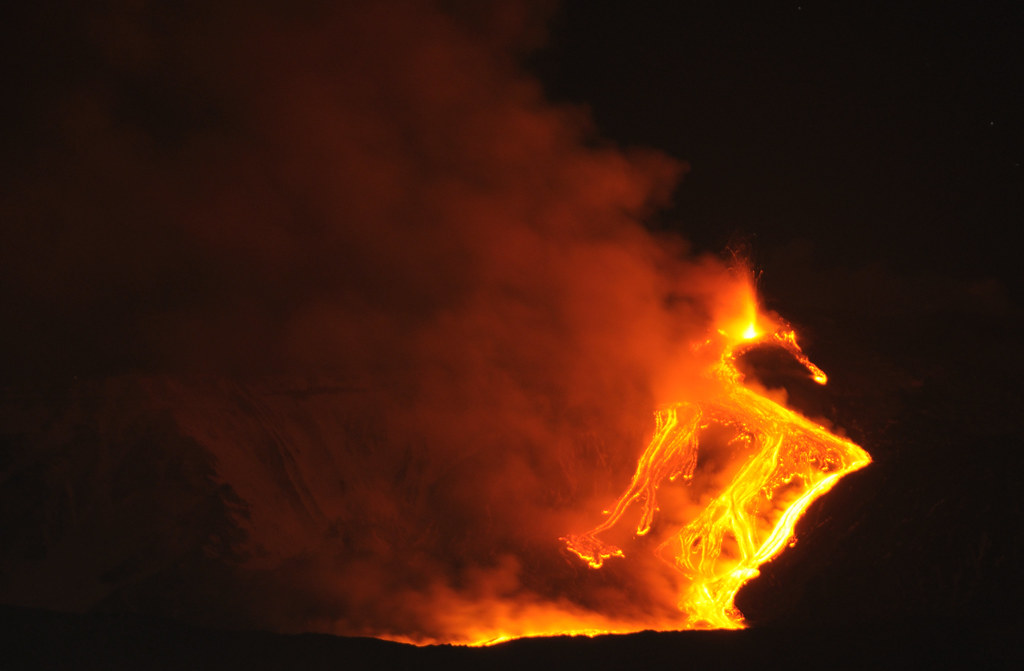
Here’s where the battle gets fascinating. Fire signs and flood basalts share an almost identical operational style, making this less of a battle and more of a cosmic dance. Fire signs play well with air signs as the easiest match, though fire and water can be a passionate combo that can get really steamy, but they can also put each other out. In geological terms, ocean anoxic events, global warming via CO2 and CH4, and short-term global cooling via SO2 have all been attributed to flood basalt volcanism.
Both fire signs and flood basalts operate on intensity and immediate impact. Impatient by nature, they’re always moving forward, passionately chasing their goals and never looking back, because of their impulsivity, they rarely reflect on the past; instead, they’re always racing toward the future. Flood basalt episodes may be major causes of climatic and biologic change, with lesser extinctions and paleoclimatic events correlated with the approximately 60-million-year-old North Atlantic basalts and the 183-million-year-old Karoo basalts.
When fire signs meet their geological counterparts, it’s not opposition – it’s amplification. They recognize each other’s power and respect the mutual capacity for transformation.
Water Signs vs. Ice Ages: The Deep Freeze Face-off
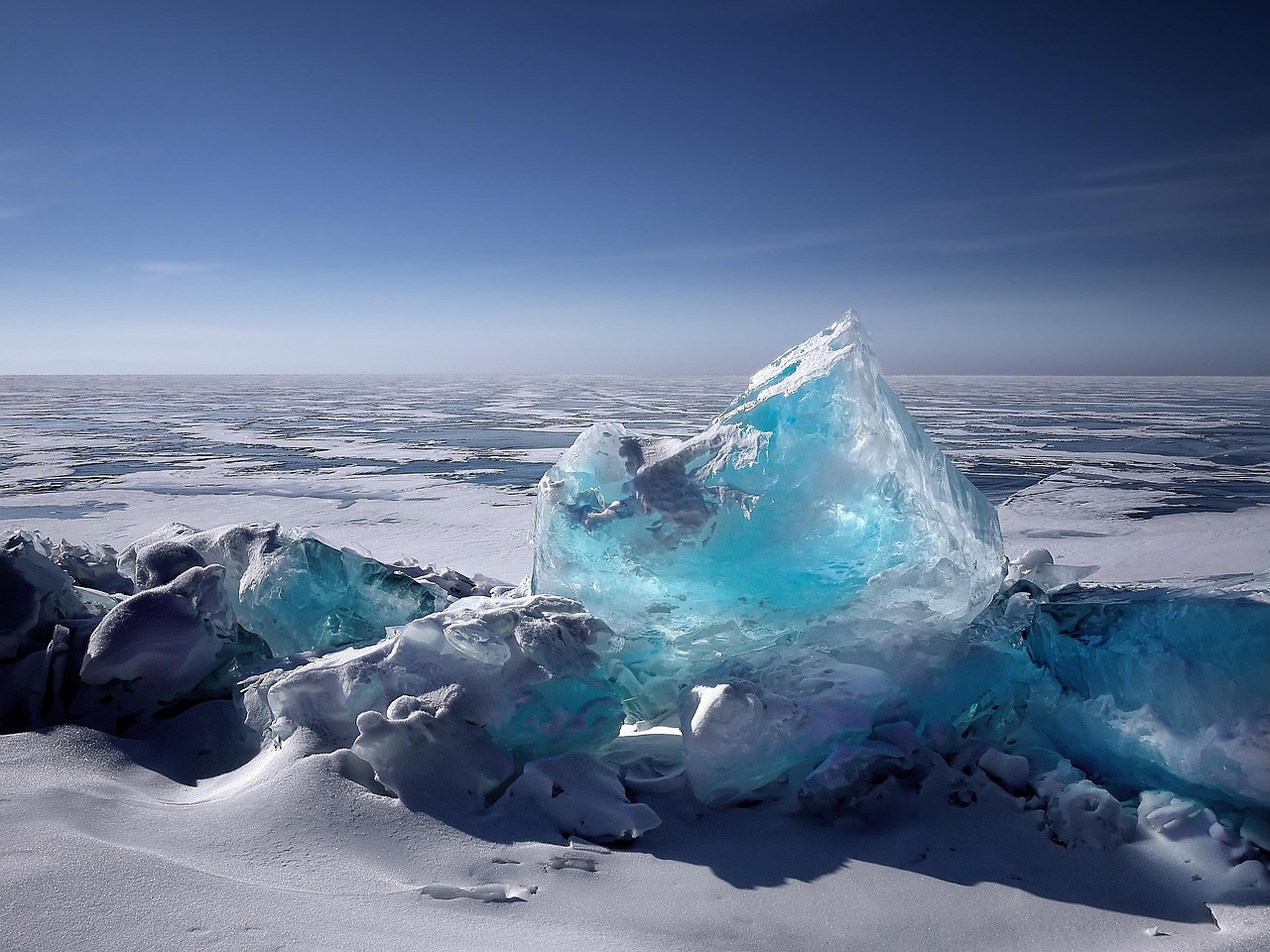
This matchup presents the ultimate psychological thriller. Water signs facing ice ages is like looking into a crystalline mirror that reflects their deepest nature. Much like water itself, water signs are emotionally fluid and their moods shift by the minute, but water signs are also sensitive to the nuances of interpersonal dynamics and need to have a feeling of security – a safe home and relationships where they feel heard, seen, and understood.
The paleontological evidence consists of changes in the geographical distribution of fossils, with cold-adapted organisms spreading into lower latitudes during a glacial period, and organisms that prefer warmer conditions becoming extinct or retreating into lower latitudes. Water signs understand this adaptive mechanism intimately – they’ve been doing it emotionally their entire lives, reading the climate of relationships and adjusting accordingly.
The strategic advantage goes to the water signs because they intuitively understand the ice age playbook. Sensitive, tender-hearted and often psychic, water signs become invested in their relationships, passions and pursuits, tend to be protective of themselves and their loved ones, and are often in tune with their emotions and rely on innate instinct to make decisions.
The Ultimate Verdict: Who Wins This Elemental War?

In the fire signs versus flood basalts battle, we witness a rare cosmic stalemate. Both forces operate on similar frequencies of intensity, transformation, and immediate impact. Fire signs are passionate, dynamic, and temperamental, can be loyal friends but can also be destructive and you don’t want to cross them, and are often associated with power and action. Flood basalts share this exact profile geologically – they’re forces of creation and destruction simultaneously.
The water signs versus ice ages showdown reveals a different outcome entirely. Water signs possess the psychological sophistication to outmaneuver ice ages because they understand the subtle art of gradual change. When they learn to harness their emotions, they become powerful forces of nature, possessing a unique ability to merge with a partner and being exceptional nurturers. They’ve mastered what ice ages do naturally – the slow accumulation of power followed by transformative release.
In this elemental showdown, fire signs and flood basalts recognize each other as kindred spirits rather than enemies, while water signs demonstrate their superiority over ice ages through emotional intelligence and adaptive mastery. The real winner? Anyone who understands that their astrological element connects them to the most powerful forces that have shaped our planet.
What do you think about discovering your sign’s geological counterpart? Tell us in the comments.

